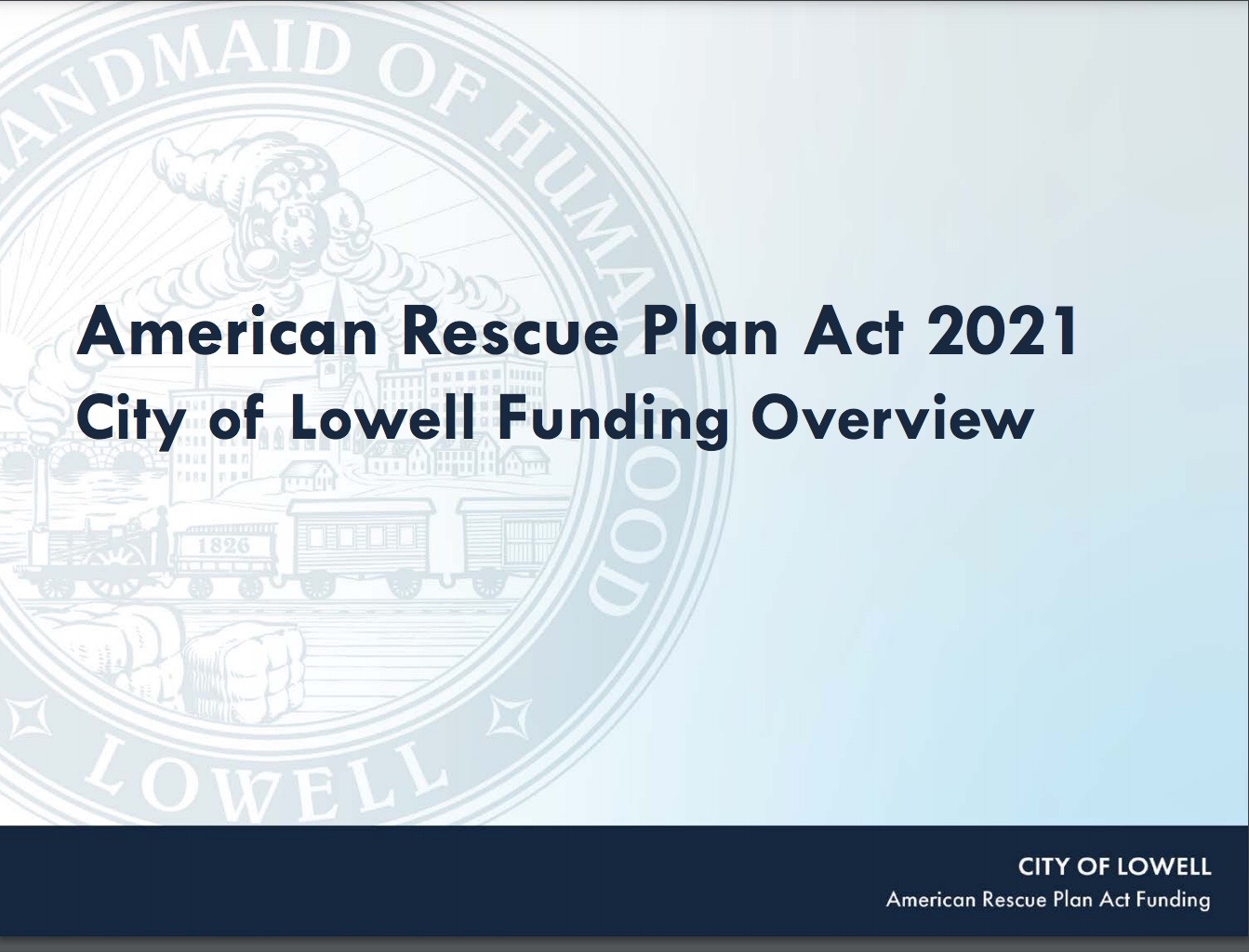In May 2021, the U.S. Department of the Treasury launched the Coronavirus State and Local
Fiscal Recovery Fund, established by the American Rescue Plan Act of 2021 to provide $350
billion in emergency funding for state, local, territorial and Tribal governments. The Treasury
Department published a two-page Quick Reference Guide, an eight-page Fact Sheet on the
Coronavirus State and Local Fiscal Recovery Funds program and a 151-page Interim Final Rule.
Each of these documents is included with this memorandum and the finance department is
prepared to make a full presentation to the City Council’s finance subcommittee.
The attached fact sheet provides details on the ways funds can be used to respond to acute
pandemic-response needs, fill revenue shortfalls among state and local governments, and support the communities and populations hardest-hit by the COVID-19 crisis. The Coronavirus State and Local Fiscal Recovery Funds provide substantial flexibility to meet local needs — including support for households, small businesses, impacted industries, essential workers, and the community’s hardest-hit by the crisis. Within the categories of eligible uses listed, recipients
have broad flexibility to decide how best to use this funding to meet the needs of their
communities, according to the Treasury.
In addition to allowing for flexible spending up to the level of their revenue loss, the Treasury
guidance states that recipients can use funds to:
- Support public health expenditures, by funding COVID-19 mitigation efforts, medical
expenses, behavioral health care, mental health and substance misuse treatment, and
certain public health and safety personnel responding to the crisis, among other uses - Address negative economic impacts caused by the public health emergency, including by
rehiring public sector workers, providing aid to households facing food, housing or other
financial insecurity, offering small business assistance, and extending support for
industries hardest hit by the crisis recovery by addressing not only the immediate harms of the pandemic, but its exacerbation of longstanding public health, economic and educational disparities - Provide premium pay for essential workers, offering additional support to those who have
borne and will bear the greatest health risks because of their service during the pandemic
• Invest in water, sewer and broadband infrastructure, improving access to clean drinking
water, supporting vital wastewater and storm water infrastructure, and expanding access
to broadband internet
The City of Lowell is expected to receive two separate funding allocations. The first, by virtue of
the city’s designation as a metropolitan city in Massachusetts is for $54,450,130. The second
funding allocation for Lowell is a component of funding provided to Middlesex County. Where
county governments have been abolished (Berkshire, Essex, Franklin, Hampden, Hampshire,
Middlesex, Suffolk and Worcester), the law will keep the aid in the state by distributing the
money to the cities and towns in the county based on the municipalities’ percentage of the county population, and communities may use the funds to supplement their direct aid. According to a March 12, 2021 estimate of funding provided by the MMA1, the City of Lowell will receive an additional amount of approximately $21,527,184. These two amounts together total $75,977,314. According to the guidance, expenses must be obligated by December 31, 2024, but actual payments can lag to December 31, 2026.
The expenditure of this federal allocation will be a multi-year process, to be informed by public input and deliberation throughout the process. The National League of Cities (NLC) recommends municipalities some guiding principles in mind to help guide the plan for recovery. They are: to assess government operations and community needs to develop a plan for recovery; to use each revenue source strategically; to prioritize fiscal stability; and to maintain records and document impact.
The Administration must carefully plan the intended uses, to maximize the benefit to the city from this “one in a lifetime” funding opportunity. The finance department recommends prioritizing revenue replacement first, and then targeting much needed water and sewer infrastructure investments second. By focusing on restoring and strengthening the city’s financial position, the city will be better suited to maintain critical services. The next priority should be to reserve a portion of the allocation for the ongoing response to the public health emergency, especially the city’s efforts to vaccinate the residents. Once these priority areas are allocated, the remaining balance can be reserved for all other eligible expenditure categories under the legislation.
See the American Rescue Plan for more information.



